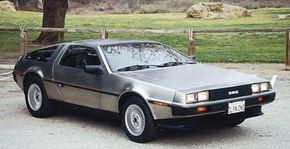Getting a new car can be such a joyous occasion. You dream about the weekend road trips you'll take, showing it off to your friends, and learning about all the new features that will make your life easier while driving.
Unfortunately, it doesn't always work out that way.
Advertisement
Sometimes manufactures have built a "lemon". Automotive lemons are automobiles that have so many problems with them that they have been labeled as such. These cars can be a real pain to own and drive, often requiring excessive repairs and costing more in the long run than other comparable vehicles on the market.
Here are eight of the most notorious automotive lemons of all time.
